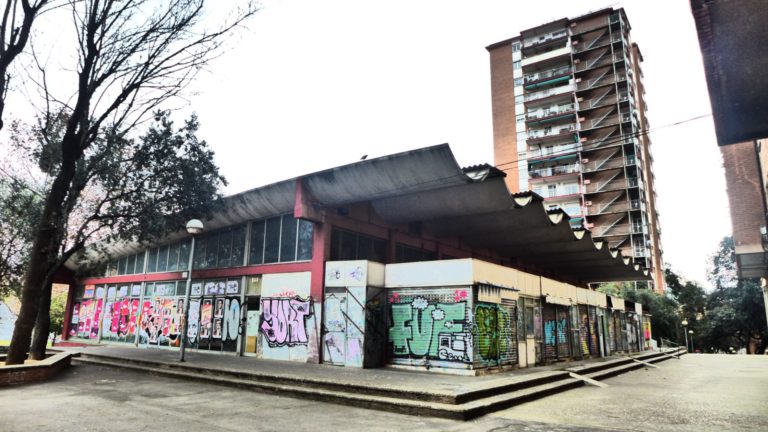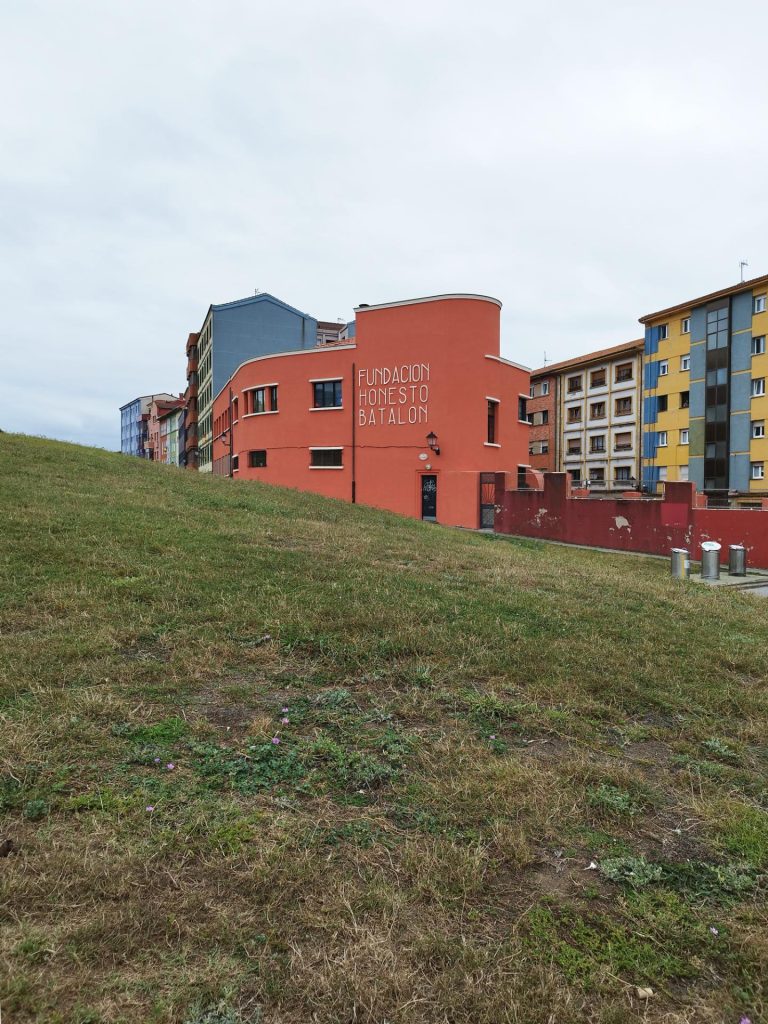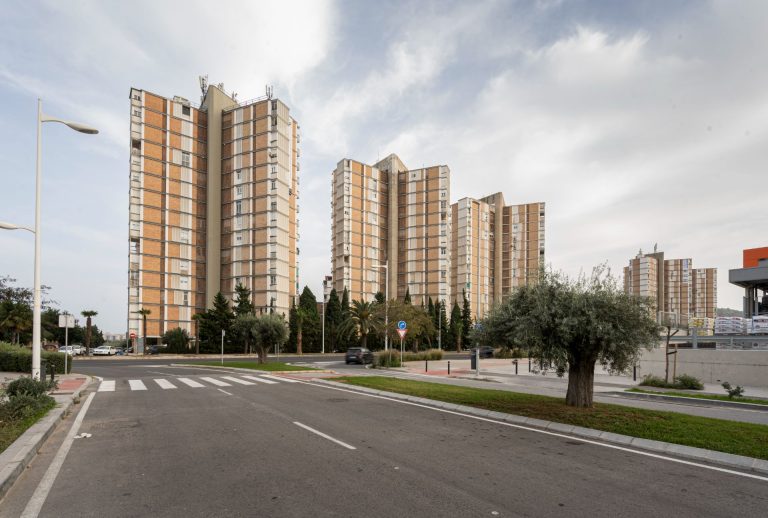Abstract
This Thesis is born from the evaluation of a phenomenon that is no less exciting for being obvious: the way in which the objects that surround us – furniture, appliances and everything what George Pérec called Les Choses – conquer the place where we live and manage to transform it into what we call home. Starting from this premise, the aim of this research has been to analyze the spatial processes that, by means of the object and its extraordinary capacity to generate new architectural strate¬gies, collaborated in the transformation of post-war domestic space between 1953 and 1970. Linked to them, phenomena such as the birth and crisis of the Consumer Society or the concepts of collage, sign and topological space, have ended up shaping a final document which vocation has been to address the importance and potential of ideas such as the everyday or the ordinary in our discipline. Exemplifying these principles, this research has been divided into three case studies. In the first of them, the early work of British architects Alison and Peter Smithson, the domestic space has been interpreted as a strategy around the phenomenon of consumer goods in general and household appliances in particular. Their architecture, born of a spirit of acceptance and control of the new consumerist paradigm, has been represented in this research by the projects Patio and Pavilion of 1956, House of the Future of the same year, and by the series of drawn houses known as Appliance Houses, which represented the Smithsons’ major reflection on the object between 1956 and 1959. Secondly, Chapter 2 – featuring the American architect Charles W. Moore – understood the do¬mestic space as the product of a reflection on an object, interpreted this time as a historical arche¬type and as a collection. The unique work studied in it, the Orinda House of 1962, has therefore been interpreted as the desire to restore to the house its symbolic value through the figure of the edicule and the collection of small objects that carry memory. Finally, Chapter 3 has been exemplified by the work of the Italian collective Superstudio. Understood within the context of the counterculture and the crisis of the consumer society of the late 1960s, their postulate for a new domestic space has been interpreted as its reduction to a system of objects and thus, as a commitment to understand the object as a vehicle for a spatial discourse based on nomadism, the idea of the commune, the collective emancipation and the birth of a topological domesticity. Several examples analyzed here are instances of these principles, such as the Super¬architettura exhibition of 1966, the Istogrammi d’Architettura series of 1968 and the Supersuperficie of 1970.
Access the thesis











